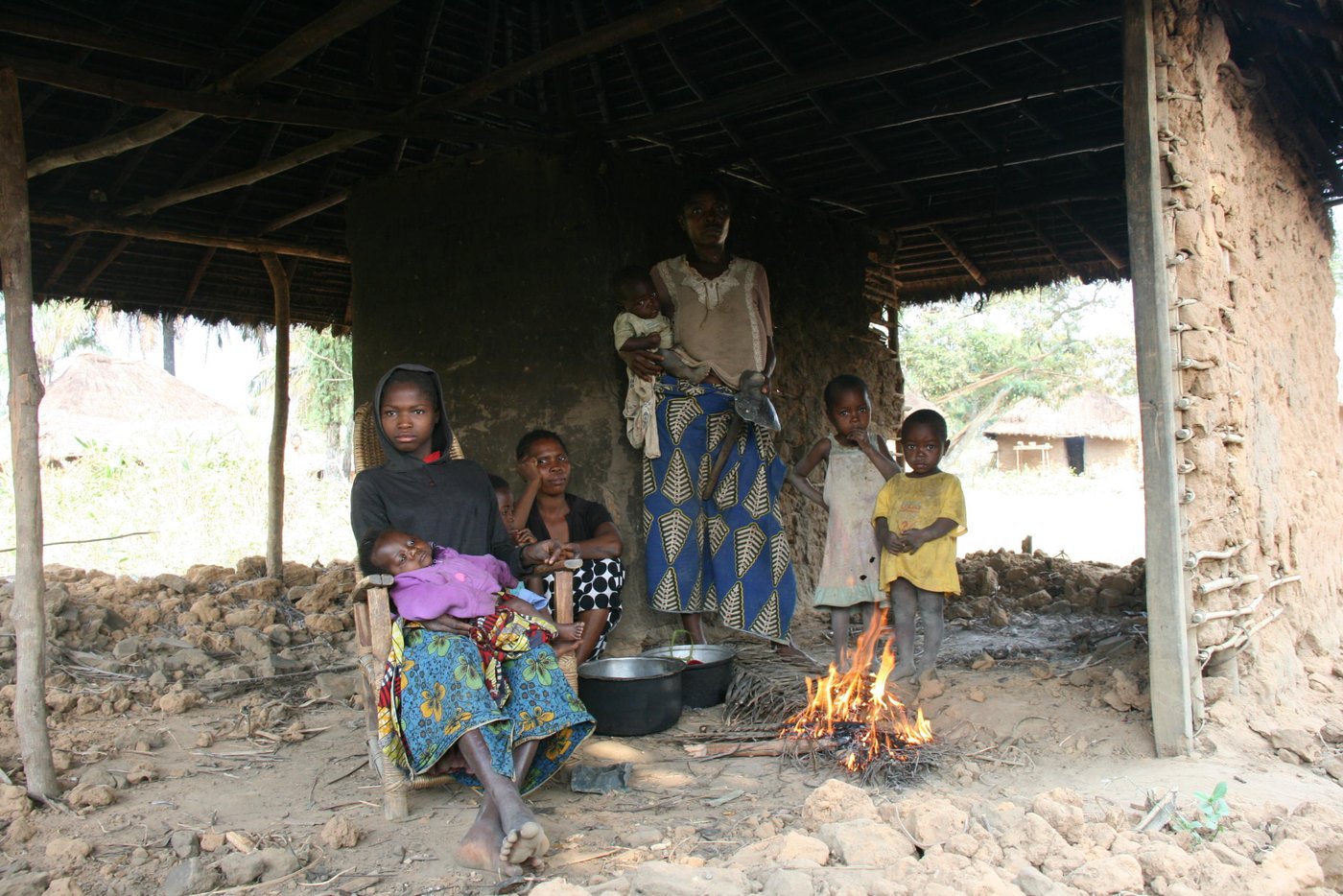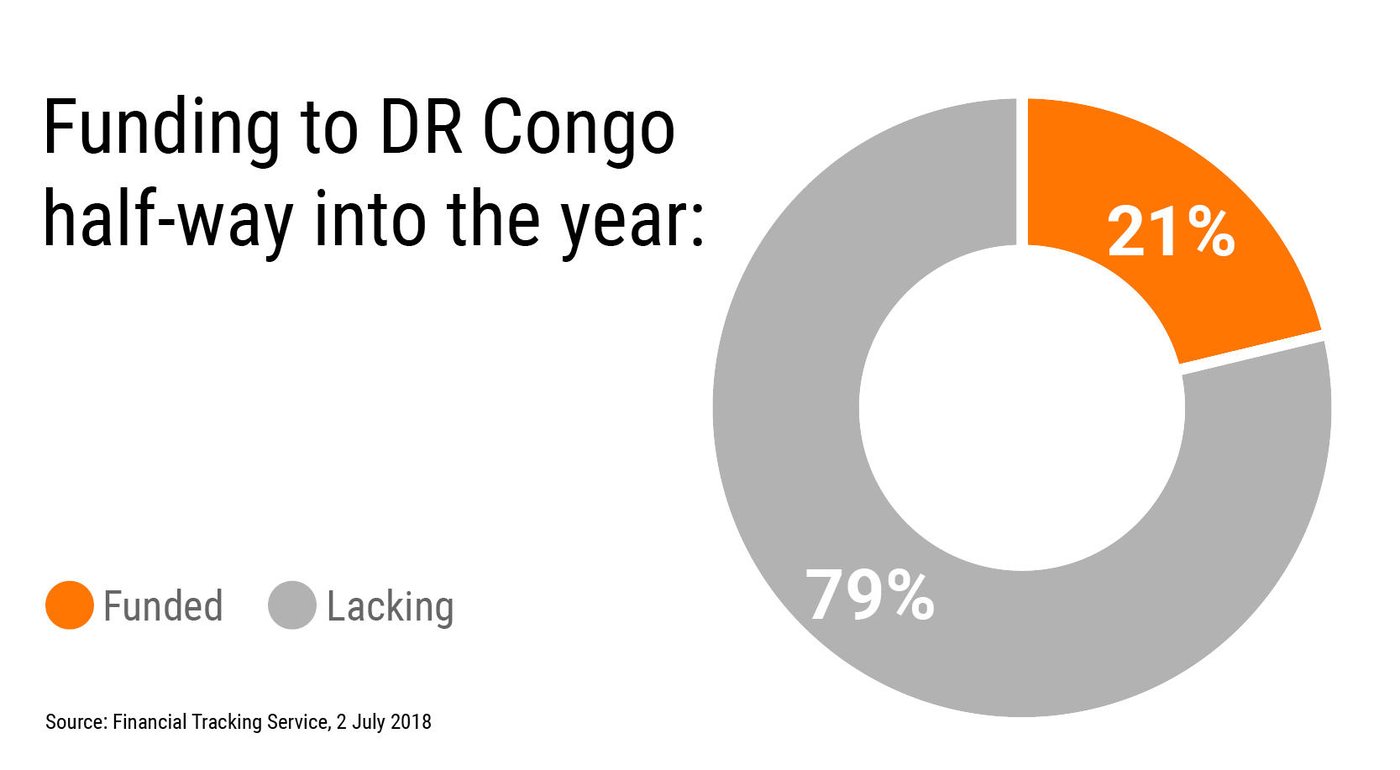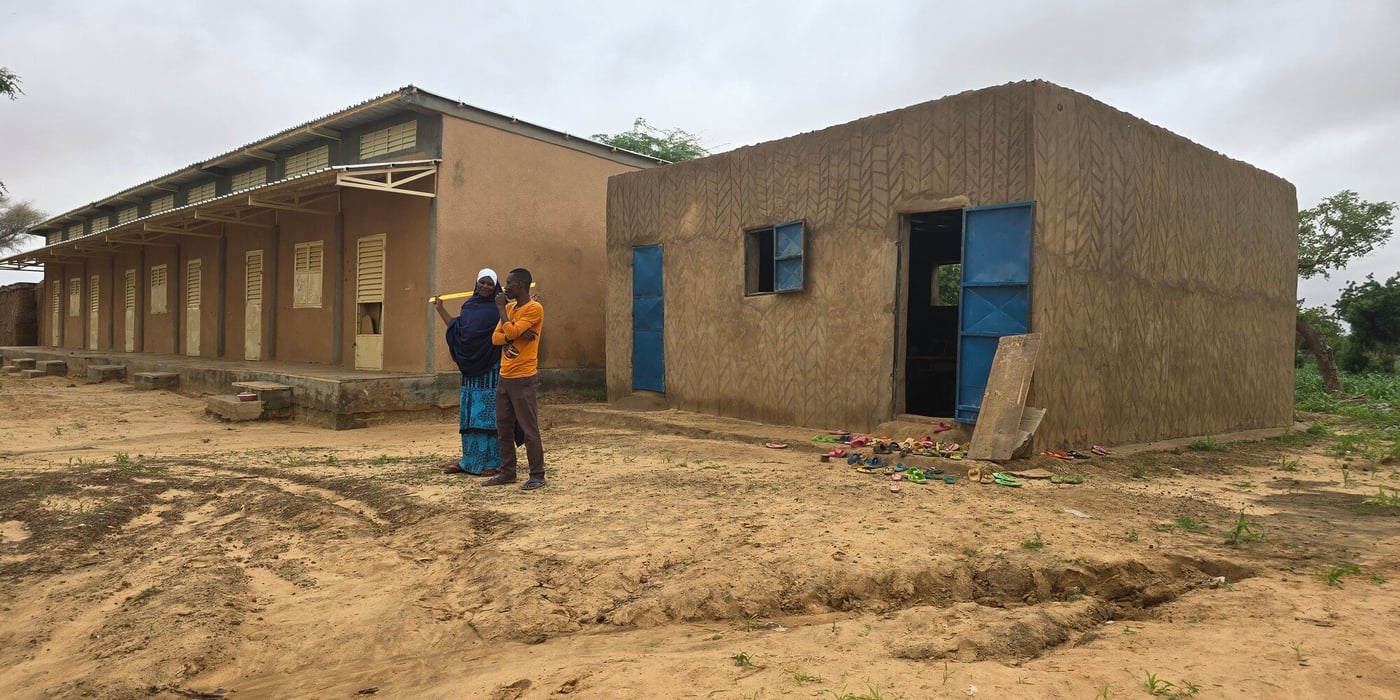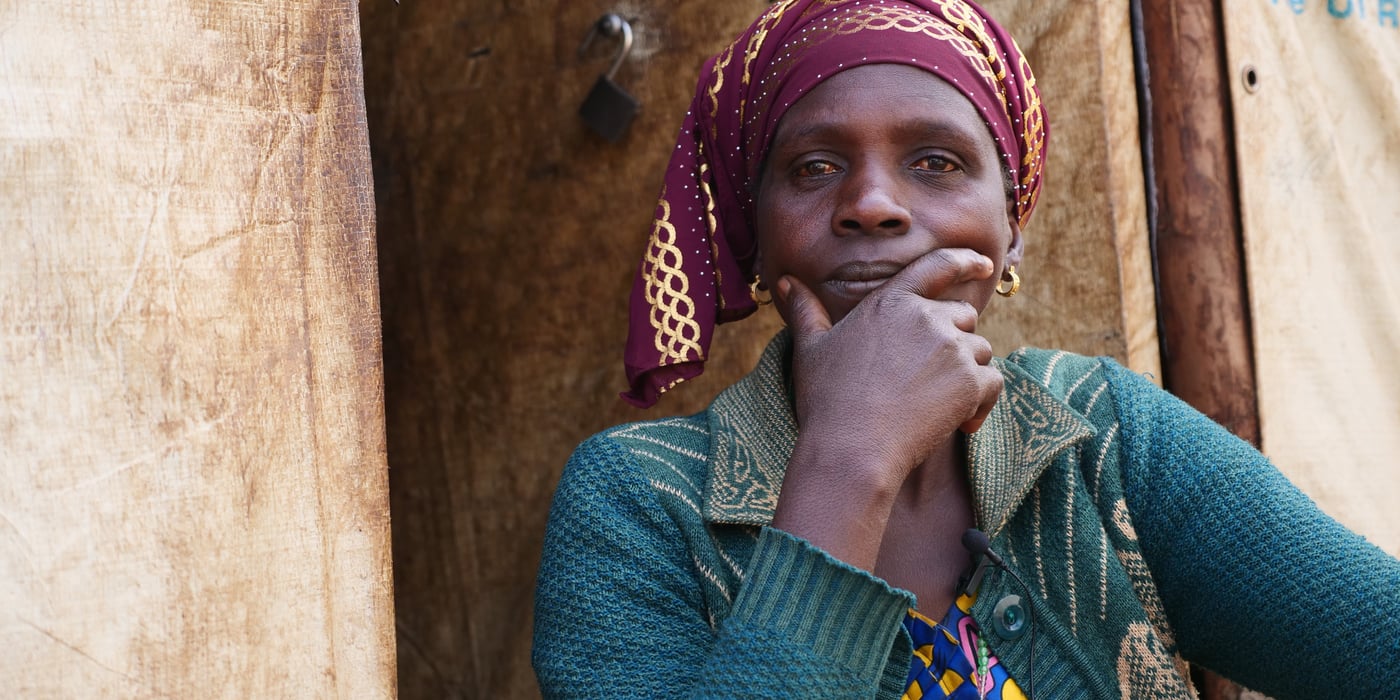
After several months suffering the misery of displacement in the bush and with host families, more than 630,000 displaced people have now returned to their villages of origin.
In desperate need of permanent shelters
Upon their return, many have found their homes pillaged, destroyed or burned to the ground. A lack of adequate shelter has led some returnees to rent spaces from their neighbours at an average of USD $3 per month. Others have been forced through lack of alternative to use the ruins of their former homes to protect themselves from the elements, a temporary coping measure that will prove unsustainable when the rainy season begins.
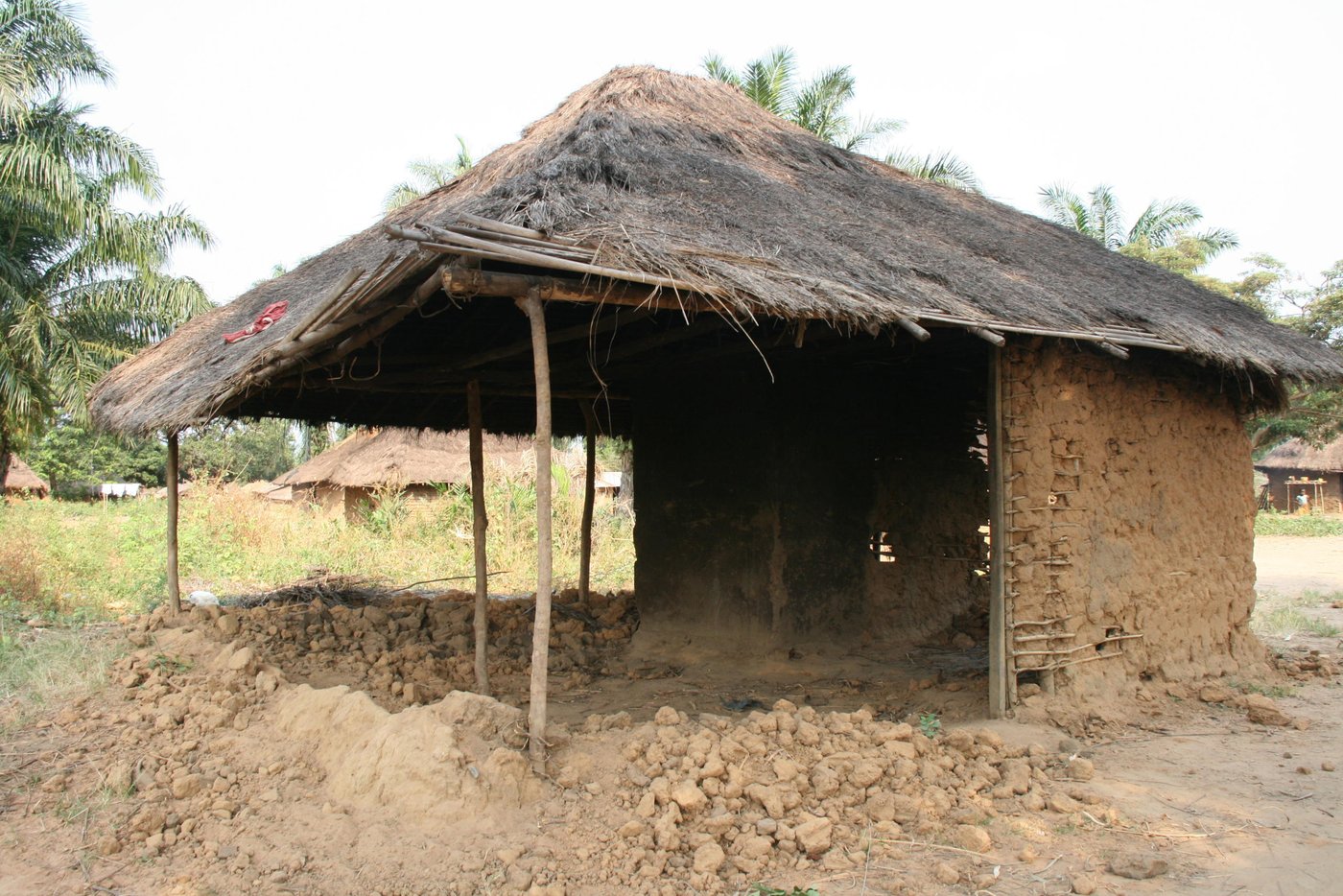
After the fierce fighting of 2016 and 2017, many of the affected civilians have had to start their lives from scratch, and more than 10,000 returned families in the territories of Kazumba, Lwebo and Lwiza are left to do so without shelter, the Norwegian Refugee Council (NRC) has found.
Because of the destruction of homes, schools, medical and sanitation facilities during the crisis, a joint shelter response in the Grand Kasaï Region is desperately needed. “The construction of homes is vital for the survival and protection of thousands of returnees,” says Bouthaïna Toujani, our Head of Programme in DR Congo.
Despite the deplorable conditions the returnees live in, no one has come to respond to their needs, even though the rainy season will arrive in three months.
“If nothing is done to the inhumane conditions in which people live, the damage will be disastrous,” Toujani says. The lack of latrines and proper water and sanitation facilities results in people having to relieve themselves in open air behind their shelters. This increases the risk of a cholera epidemic, one of which was just declared in the neighbouring province of Kasaï-Orientale.
A traumatised community
More than a year later, the wounds of the conflict in Kasaï-Central are still visible. According to the United Nations, several thousand people were killed, and many buildings and homes were destroyed. Before the crisis, children in Kasaï-Central grew up without ever hearing a single gunshot in their villages. The conflict changed that completely. To date, thousands of women and children are having extreme difficulty coping with the trauma of witnessing and living through such extreme violence. In Kasaï-Central, many of the children have become orphans, and many women are now widows.

In Mbulungu, a village situated more than 80km west of the provincial capital, Kananga, several returnees have been living in temporary shelters made of mud, leaves and sticks. This is where we met Kapinga, a woman from the area.
Kapinga has terrible memories of the conflict. Despite the calm that has slowly returned to the region, many returnees like her fear a return of violence to their villages. Kapinga still remembers the sight of her husband being killed with a machete.
“It was night-time when the bandits attacked my village,” Kapinga remembers. “They pillaged and burned my home to the ground. Then, they killed my husband. Thank goodness my children and I were able to escape into the bush.”
No food to eat
Those who have decided to return to their original villages find themselves trapped in a cycle of severe misery. Due to the lack of food, hundreds of thousands of women and children suffer from acute or severe malnutrition.
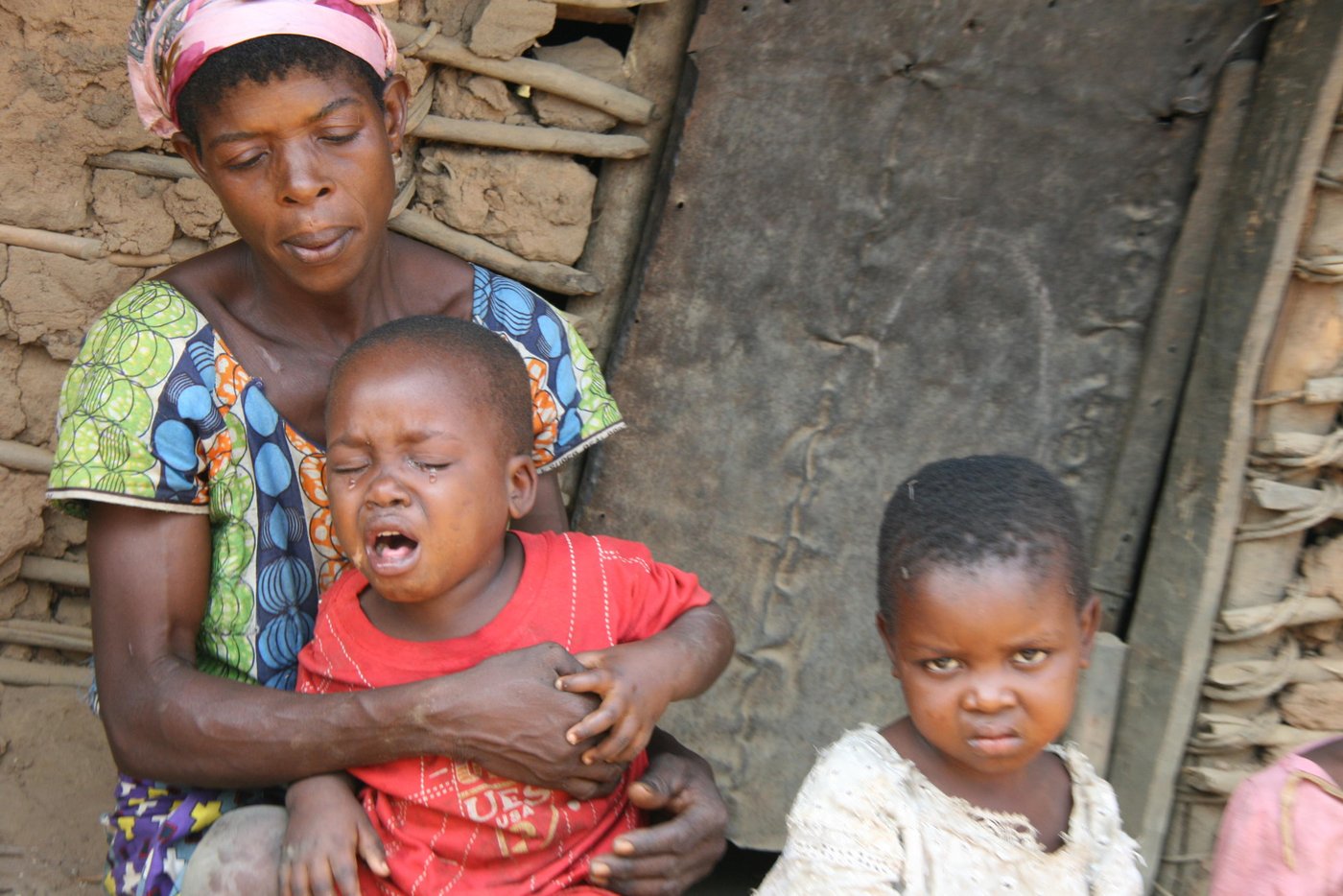
“Before the war, I lived off of what I harvested from my plot of land. It was easy for me to feed my children,” Kapinga explains. “But since the conflict started, I can no longer go to my field because I’m too afraid of being attacked.”
To find food to eat, she wakes up early in the morning to beg in nearby villages. “My children are sick and starving. Their hair has changed colour, their cheeks have become yellowish and their stomachs are swollen,” she says.
